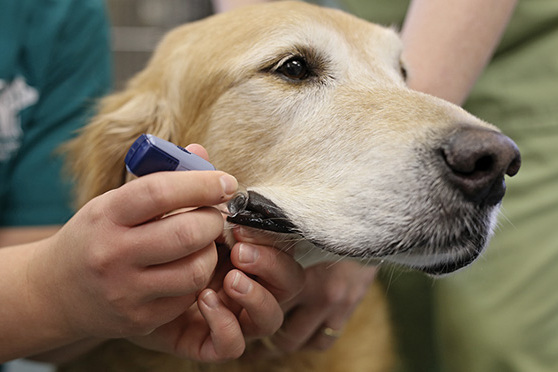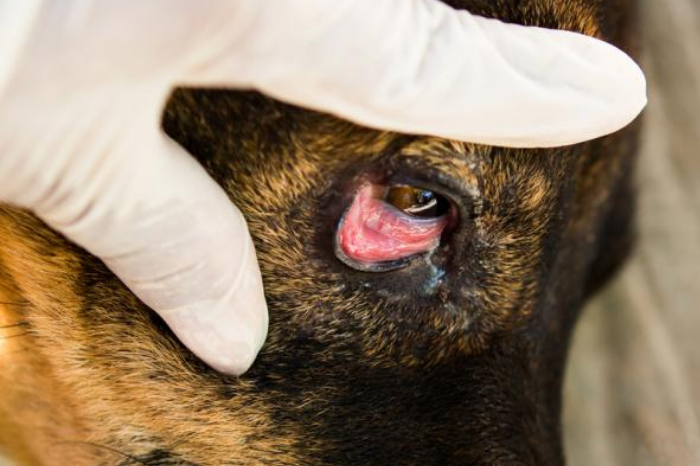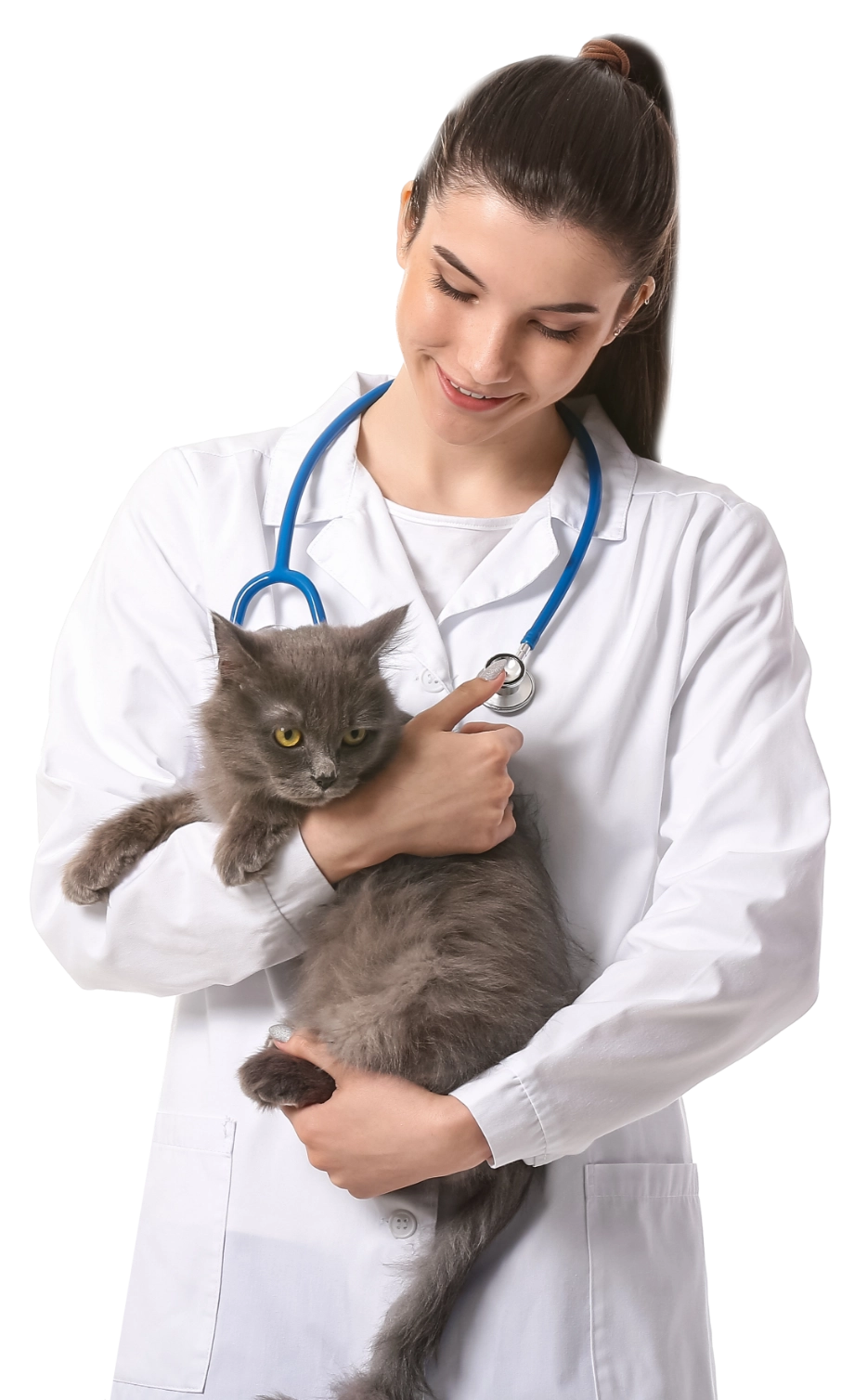

Diabetes Mellitus in Dogs and Cats
Diabetes mellitus is a condition in which the body cannot properly produce or answer the hormone insulin. This leads to elevated levels of the sugar glucose within the blood, which is that the main source of energy for the body. The body need sugar within the form of glucose for energy. However, glucose within the blood requires insulin, a hormone produced by the pancreas, to “unlock” the door to cells. Insulin attaches to cells and signals when the time is true to absorb glucose. By absorbing glucose, cells in fat deposits, the liver, and therefore the muscles get vital fuel while lowering levels of glucose within the blood.
Always we read Diabetes Type and One and Diabetes type 2, what’s that means. In Type one diabetes, blood sugar concentrations are high because of a decrease in insulin production. In Type 2 diabetes, glucose levels are high because cells within the body do not respond appropriately to insulin. In both types we have the same end results cells cannot access the nutrients they need have even though there is plenty of sugar in the blood, because insulin can’t transport the sugar from the bloodstream into the cells that require it.
Animals under risk to suffer from Diabetes
1- Obesity and this mostly in cats
2-Increase in age
3-Lack of activity
4-Treatment with cortisone for chronic disease like asthma in cats and skin allergy in both cats and dogs
5- Chronic diseases like Cushing’s disease (hyperadrenocorticism in dogs), also Pregnancy and diestrus in dogs
Common clinical signs include:
Increase frequency of urination with fair amount of urine whenever
Increases within the amount of water consumed by the animal
Eating quite usual and losing weight
Weight loss
Cataracts (dog)
Weakness
Diagnosis
Persistent hyperglycemia
Glycosuria
Elevated serum fructosamine
Most of the time there’s a difficulty to confirm Diabetes in cats and the reason of that is the Stress hyperglycemia in cats, which suggests the blood glucose increase with stress in cats specially at the time of taking the blood sample so Fructosamine test in cats always requested
Treatment
– Restoring normal blood sugar concentrations by using insulin (Please never volunteer to offer your pet insulin, this only done under medical advice and supervision)
– Stopping or controlling weight loss by decreasing the food intake and also weight control diets
– Stopping or minimizing signs of increased thirst and urination which mostly done after giving Insulin
– Avoiding inappropriately low blood glucose due to treatment (hypoglycemia)
– By checking the blood sugar before giving Insulin
Complication of Diabetes Miletus
– Diabetic Ketoacidosis it’s a serious life-threatening complication. The dog or the cat must be treated as in-patient in the veterinary hospital
– Hepatomegaly thanks to lipid accumulation is common in diabetic dogs and cats
– Cataracts develop frequently in dogs, while in cats peripheral nerve inflammation may happens
Prognosis and Remission
Though there’s no cure for Diabetes, the prognosis for an honest quality of life is sweet with adequate management at home. With early, aggressive treatment of diabetes, especially cats may enter a state of diabetic remission, meaning they’re able to maintain normal blood sugar levels without insulin injections and eating diabetic food manufactured specially for cats
recent post

EARLY DETECTION AND TREATMENT OF HIP DYSPLASIA IN PUPPIES
Hip Dysplasia in dogs is an anatomical orthopedic condition which has a genetic background and affects mostly..
learn more
“CHERRY EYE” or PROTRUSION OF THE GLAND OF THE 3rd EYELID
Protrusion of the gland of the third eyelid (or “cherry eye”) occurs most commonly in dogs and..
learn more



